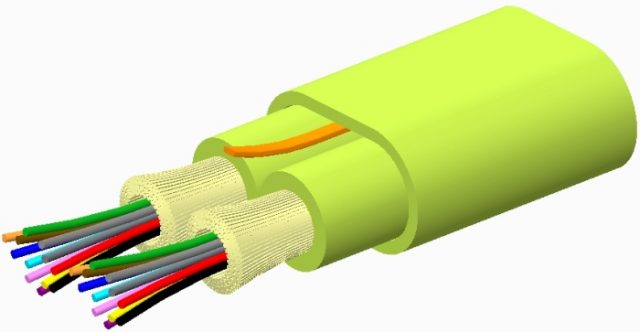
Nokia Bell Labs, Deutsche Telekom T-Labs and the Technical University of Munich achieved a 1 Terabit-per-second transmission speed over optical fiber.
Nokia Bell Labs said the breakthrough will allow telecommunication operators and enterprises to further maximize the distance and capacity of high speed data transmission in optical metro and core networks.
The demonstration shows that performance of optical networks can be maximized when adjustable transmission rates are dynamically adapted to channel conditions and traffic demands. As part of the Safe and Secure European Routing (SASER) project, the experiment over an optical fiber network of Deutsche Telekom achieved one Terabit transmission rate.
Probabilistic Constellation Shaping (PCS) provides flexibility and performance to enable optical networks to operate closer to the Shannon limit to meet data demands.
“Probabilistic Constellation Shaping offers great benefits to service providers and enterprises by enabling optical networks to operate closer to the Shannon Limit to support massive datacenter interconnectivity and provide the flexibility and performance required for modern networking in the digital era,” said Marcus Weldon, Nokia CTO.
PCS modifies the probability with which constellation points – the alphabet of the transmission – are used. PCS uses constellation points with high amplitude less frequently than those with lesser amplitude to transmit signals that, on average, are more resilient to noise and other impairments. This allows the transmission rate to be tailored to ideally fit the transmission channel, delivering up to 30 percent greater reach.
Nokia Bell Labs will present the results of this experiment at the European Conference on Optical Communication (ECOC) 2016 in Dusseldorf, Germany on September 19.
“To guarantee a high customer experience for future services we need optical transmissions with increased capacities, reach and flexibility over deployed fiber infrastructures,” said Bruno Jacobfeuerborn, CTO of Deutsche Telekom.
